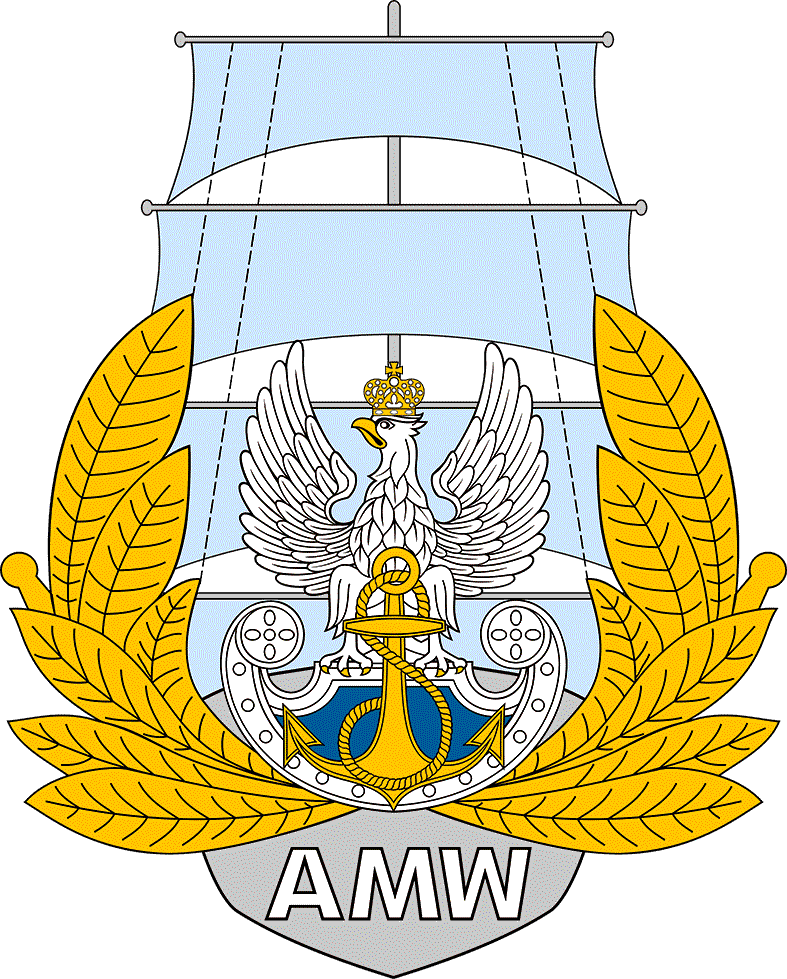EDUCATIONAL STRATEGIES APPLIED AT MUSEUMS AND CENTRES OF SCIENCE. POLISH EXPERIENCE IN COMPARISON TO EUROPEAN EXPERIENCE
DOI:
https://doi.org/10.34813/25coll2024Keywords:
educational strategy, museum of science, scientific centre, interactive didacticsAbstract
The article presents a discussion on strategies applied in museum education and interactive didactics that can take place at museums. Arranging some planned and adequate situations that allow museums to combine their own experience with information that is provided and own reflection, can become an efficient cognitive educational tool. At museums, cognitive activities are activated unexpectedly, often with some thoughts arising during a visit. Hence, the Authors believe, that an interactive didactic model should be applied more broadly, with the use of educational strategies intended for museums. The Authors describe their observations collected over many years of visual ethnographic research done at various museums, scientific centres and schools. They presented their research– travel report of collected impressions and experiences in selected museums and science centers in Europe. In this way, the Authors have been able to compare various educational strategies and their efficiency. The results of the research encourage to develop a concept of interactive exhibitions that will be interesting for visitors because of their educational and cultural values.
References
Kruk, J. (2010). Wędrówki po muzeach i milcząca pedagogia. W: M. Szczepska-Pustkowska, M. Lewartowska-Zychowicz, A. Kożyczkowska (red.), Przestrzenie teraźniejszości i ich społeczno-edukacyjne sensy. Wydawnictwo Adam Marszałek.
Karwasz, G., Kruk, J. (2012). Idee i realizacje dydaktyki interaktywnej – wystawy, muzea i centra nauki. Wydawnictwo Naukowe Uniwersytetu Mikołaja Kopernika.
Kruk, J., Zdanowicz-Kucharczyk, K. (2013). Laboratorium Wczesnej Edukacji jako przykład „paradygmatu” metodyki interaktywnej. Problemy Wczesnej Edukacji, 3(22), 6–16.
Banks, M. (2001). Visual Methods in Social Research. SAGE Publications London. https://doi.org/10.4135/9780857020284
Banks, M. (2009). Materiały wizualne w badaniach jakościowych. Wydawnictwo Naukowe PWN.
Benoit-Bryan, J., Smith, M., Jenetopulos, M.,Linett, P. (2020, December 15). Centering the Picture: The Role of Race& Ethnicity in Cultural Engagement in the U.S. engagement. Slover Linett. https://sloverlinett.com/wp-content/uploads/2020/12/Centering-the-Picture-full-report-CCTC-Wave-1-findings.pdf
El Guindi, F. (2004). Visual Anthropology Essential Method and Theory. Alta Mira Press Lanham Boulder.
Emmison, M., Smith, P. (2000). Researching the Visual: Images, Objects, Contexts and Interactions in Social and Cultural Inquiry. SAGE Publications London.
Gołębniak, D. (2003). Nauczanie i uczenie się w klasie. Wzory uczenia się. Strategie nauczania. In: Z. Kwieciński, B. Śliwerski (red.), Pedagogika. Podręcznik akademicki (vol. 2, pp. 161–195). Państwowe Wydawnictwo Naukowe.
Grimshaw, A. (2001). The Ethnographer’s Eye: Ways of Seeing in Anthropology. Cambridge University Press. https://doi.org/10.1017/CBO9780511817670
Hacking, I. (1985). Do We See through a Microscope? In: P. M. Churchland, C. A. Hooker, (Eds.), Images of Science: Essays on Realism and Empiricism with a Reply from Bas. C. van Fraassen (pp. 132–152). The Chicago University Press.
Hammersley, M., Atkinson P. (2000). Metody badań terenowych (transl. S. Dymczyk). Wydawnictwo Zysk i S-ka.
Kabat-Zinn, J.(2016). Praktyka uważności dla początkujących. Wydawnictwo Czarna Owca.
Knowles, C., Sweetman, P. (2004). Picturing the Social Landscape: Visual methods and the sociological imagination. Routledge Taylor & Francis Group.
MacDougall, D. (2005). The Corporeal Image: Film, Ethnography, and the Senses. Princetown University Press. https://doi.org/10.1515/9781400831562
Morphy, H., Banks, M. (1997), Introduction: rethinking visual anthropology. In: M. Banks, H. Morphy (Eds.), Rethinking Visual Anthropology (p. 1–35). Yale University Press.
Miksza, M. (2014). Zrozumieć Montessori, czyli Maria Montessori o wychowaniu dziecka. Wydawnictwo Impuls.
Montessori, M. (1913). Domy dziecięce: Metoda pedagogii naukowej stosowana w wychowaniu najmłodszych dzieci. Lidenfeld.
Pedersen-Guzman, J. (2021, November 11). The updates definition of museum 2020: Limitations, disagreements, complexity and resources for a proposal. https://museumsavvy.com/museum-savvy-blog/category/museum-definition.
Piaget, J. (1966). Studia z psychologii dziecka. PWN.
Piaget, J. (1993). Psychologia dziecka. Siedmioróg.
Pink, S. (2016). Doing Visual Ethnography. SAGE Publications.
Pink, S., Kürti, L., Afonso, A. I. (2004). Working Images: Visual Research and Representation in Ethnography. Routledge.
Pole, Ch. (2004). Seeing is Believing: Approaches to Visual Research. Emerald Group Publishing Limited. https://doi.org/10.1016/S1042-3192(2004)7
Rosenzweig, R.,Thelen, D. P. (1998). The presence of the past: Popular uses of history in American life. Columbia University Press.
Ruby, J. (2000). Picturing Culture: Explorations of Film and Anthropology. University of Chicago Press Chicago.
Tomasello, M. (1999). Kulturowe źródła ludzkiego poznawania (transl. J. Rączaszek). Państwowy Instytut Wydawniczy.
White, A. M., Akiva, T., Wardrip, P. S., Brahms, L. (2021). Facilitated making in museum-based educational makerspaces. Curator, 64(1), 131–154. https://doi.org/10.1111/cura.12404
Wygotski, L. (1971). Wybrane prace psychologiczne. Państwowe Wydawnictwo Naukowe.
Wygotski, L. (1978). Narzędzie i znak w rozwoju dziecka. Państwowe Wydawnictwo Naukowe.
Wygotski, L. (1989). Myślenie i mowa. Państwowe Wydawnictwo Naukowe.
Downloads
Published
Issue
Section
License
Copyright (c) 2024 Kamila Zdanowicz- Kucharczyk, Jolanta Kruk

This work is licensed under a Creative Commons Attribution-NonCommercial-NoDerivatives 4.0 International License.






